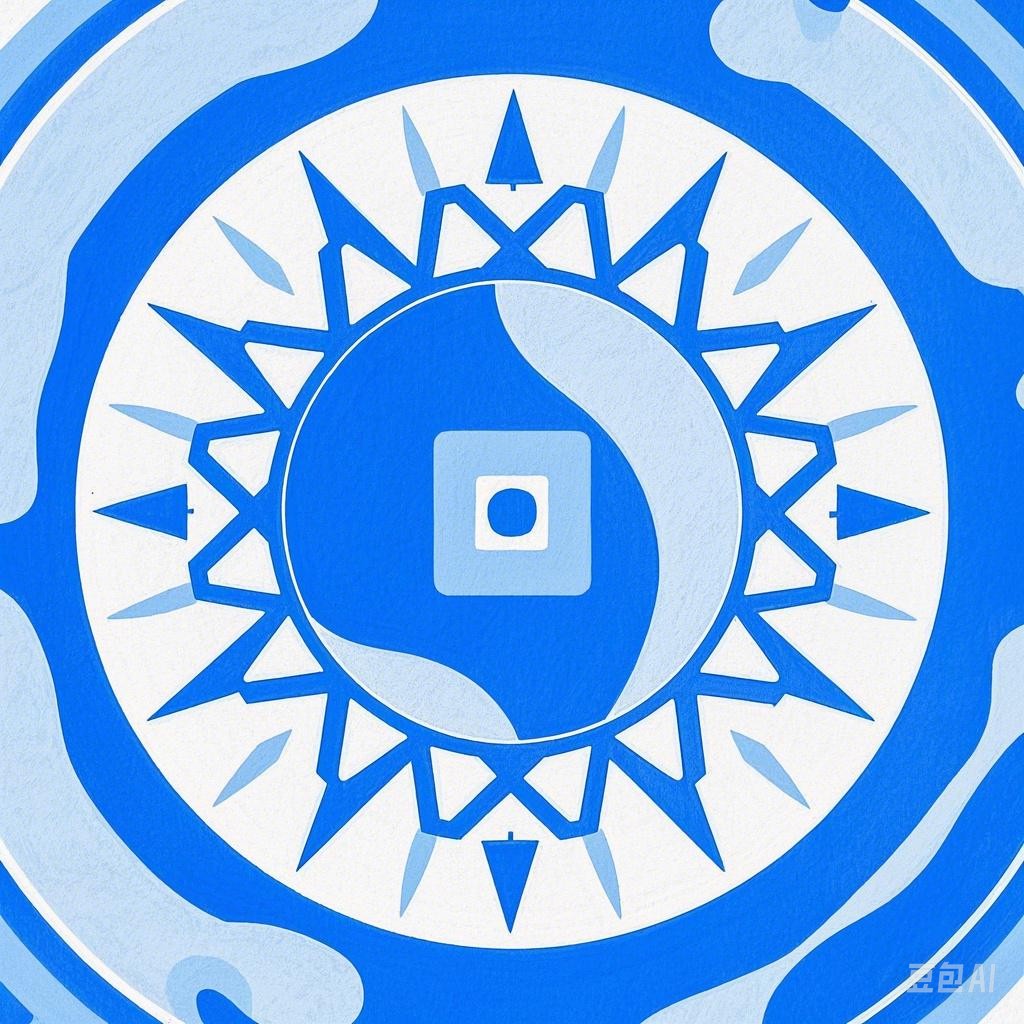Introduction
India, with its rich tapestry of cultures and traditions, is a land where festivals are celebrated with utmost fervor and enthusiasm. Each festival carries with it a unique story, reflecting the country’s deep-rooted heritage and spiritual beliefs. This article takes you on a captivating journey through some of India’s most vibrant and significant festivals, showcasing their historical significance, cultural practices, and the joy they bring to millions of people.
Diwali: The Festival of Lights
Historical Significance
Diwali, also known as Deepavali, is one of the most popular festivals in India. It is celebrated to mark the return of Lord Rama, his wife Sita, and his brother Lakshmana to Ayodhya after defeating the demon king Ravana. Diwali also marks the victory of good over evil and light over darkness.
Cultural Practices
Diwali is celebrated for five days, each with its own significance. People clean their homes, light lamps, and decorate them with colorful rangoli (artistic patterns made with colored rice). The festival is marked by the bursting of fireworks, exchanging of sweets, and the lighting of diyas (earthen lamps).
Modern Celebrations
In the modern era, Diwali has become a time for family gatherings, gift exchanges, and the lighting of candles and lanterns. The festival is also celebrated with grand fireworks displays, especially in cities.
Holi: The Festival of Colors
Historical Significance
Holi, also known as the Festival of Colors, is a spring festival that marks the arrival of good harvest and the victory of good over evil. It is believed that the god Krishna, who was blue-skinned, once applied colored paste to the godess Radha to make her blue like him. Since then, people have been applying colors to each other as a symbol of love and unity.
Cultural Practices
Holi is celebrated with a lot of fun and excitement. People apply colored powders (gulal) and colored water on each other, dance to traditional music, and enjoy mouth-watering sweets and drinks. It is a festival that bridges social barriers and promotes harmony.
Modern Celebrations
Today, Holi has become an international festival, with people from all over the world participating in the colorful celebrations. The festival is often marked by large-scale music and dance events, as well as the distribution of free color powders and water.
Eid-ul-Fitr: The Festival of Breaking the Fast
Historical Significance
Eid-ul-Fitr is a significant festival for Muslims, celebrated at the end of Ramadan, the holy month of fasting. It marks the conclusion of a month-long period of spiritual discipline and reflection. Muslims believe that during this month, Allah showers His blessings upon them and grants them forgiveness.
Cultural Practices
Eid-ul-Fitr is celebrated with prayers, feasts, and the distribution of sweets and gifts. People wear new clothes, visit family and friends, and exchange greetings. The festival is a time of joy, gratitude, and celebration of the spirit of giving.
Modern Celebrations
In recent years, Eid-ul-Fitr has gained global recognition. People from different cultures and backgrounds participate in the celebrations, enjoying the spirit of unity and peace that the festival promotes.
Ganesh Chaturthi: The Festival of Lord Ganesha
Historical Significance
Ganesh Chaturthi is a festival dedicated to Lord Ganesha, the elephant-headed god of wisdom and remover of obstacles. The festival commemorates the birth of Lord Ganesha and is celebrated with great devotion and enthusiasm across India.
Cultural Practices
During Ganesh Chaturthi, people install temporary shrines (mandas) in their homes and communities, where they worship Lord Ganesha. The festivals feature processions, music, dance, and the distribution of prasadam (sacred food). After ten days of worship, the idols are immersed in a river or lake, symbolizing the god’s journey back to his abode.
Modern Celebrations
Ganesh Chaturthi has become a significant cultural event in Mumbai, with elaborate and grand mandals attracting thousands of devotees. The festival showcases the creativity and artistic skills of the people who build the mandals.
Conclusion
India’s festivals are a testament to the country’s diverse heritage and the power of unity in celebration. Each festival carries with it a unique story and tradition, reflecting the rich tapestry of India’s cultural landscape. Whether it’s the bright lights of Diwali, the joyous colors of Holi, the spiritual observances of Eid-ul-Fitr, or the devotion of Ganesh Chaturthi, these festivals are a journey through time and tradition that continues to captivate the hearts and minds of millions.
